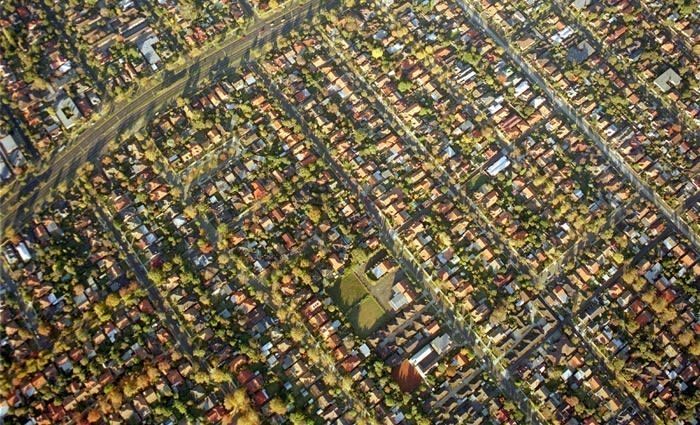Hotspot or no-go zone? Terry Ryder
The word “hotspot” has become one of the most over-used in Australian real estate.
Many times the word is mis-used and downright abused.
Last month I spoke at a seminar in Melbourne hosted by The Property Education Company, where Greville Pabst from WBP Property Group gave a well-informed presentation about identifying good investments. He commented that there is no such creature as a “hotspot” and that investors should not waste time searching for them.
And I would tend to agree with him, in terms of the definition many people apply to word – places that show short-term flash-in-the-pan spurts of price growth, such as mining towns which have been a recent graveyard for many investors.
The areas I identify as hotspots are places I believe will show superior growth over time, taking a long-term view.
In recent weeks there has been considerable publicity for a Housing Industry Association report which, according to media reports, identified the nation’s leading “housing hotspots”.
It’s importance for investors to understand what is really meant in this instance and the nature of these places. I would suggest that while these are hotspots according to the HIA definition, they are usually not good places to buy for capital growth.
Darwin’s daily newspaper, the NT News, went overboard with parochial enthusiasm when it reported that “two housing markets in the Northern Territory rank among the strongest in the country”. Another media outlet reported that Pimpama on the northern fringe of the Gold Coast had been identified as “Australia’s top housing hotspot”.
It’s crucial to understand the nature of the HIA report, which is suggested by the report title – Population and Residential Building Hotspots 2017.
Essentially this report reveals the leading areas for new residential construction around the nation. These are places where there’s land available for new dwelling construction. You’re not going to find any middle-ring city suburbs in this report, because such places are built out and any new construction is likely to be apartments.
Locations make this report by virtue of high building approvals and high percentage population growth (usually from a very low base).
A “hotspot” is defined as a local area where population growth exceeds the national rate (which was 1.4 percent in the year to June 2016) and where the value of residential building approvals is more than $20 million.
The area in which Pimpama sits – the precinct between Brisbane and the Gold Coast – is always likely to feature in a report like this, because it has lots of largely empty land ripe for new development and it sits between two growing cities.
The two Darwin locations which the NT News claimed were among the nation’s leading housing markets are two new suburbs, Zuccoli and Lyons. The paper said Zuccoli was “the third strongest housing market in Australia” - which was seriously misleading.
The percentage growth rates for population in these places are high because they have been newly-created as suburbs only recently.
So are these good places to invest for capital growth? In most cases the answer is emphatically no. I would rate many of these locations as no go zones. The existence of ample land for ongoing new development means there’s no shortage of supply and often the capital growth rates are poor. Indeed developers often pile into these areas and create oversupply, which means prices fall.
The Gold Coast has been a national leader on population growth for decades but a poor performer on capital growth because developers periodically flood the market with new product. This is especially true in the high-rise unit market – the median apartment price in Surfers Paradise today is pretty much the same as it was 10 years ago – i.e. zero growth in the past decade.
Another example is provided by a new growth area which challenged the Gold Coast’s status as the leading LGA in the nation for population growth – Wyndham City in the south-west of the Melbourne metropolitan area. This happened because there’s lots of former rural land available for new suburbs there.
Six or so years ago widespread publicity about growth in Wyndham City caused the inevitable stampede by developers who quickly generated oversupply. Vacancies rose and prices fell. Developers employed marketeering companies to flog the unwanted product to distant investors, many of whom regretted believing the publicity about this being a national housing hotspot.
Zuccoli in the Darwin region is the opposite of a good place to buy. Darwin’s market has been in reverse for the past four years, with prices and rents falling, and the Zuccoli postcode currently has a 7 percent vacancy rate, according to SQM Research. CoreLogic data suggests the median price fell 17 percent in the past year.
The Pimpama postcode, ranked by the HIA report as the nation’s No.1 hotspot, has a vacancy rate around 5 percent. And the average annual growth rate for house prices over the past decade is less than 1 percent, similar to the performance of apartments in Surfers Paradise, for similar reasons – rampant supply has overpowered all the other positive growth drivers.
Construction hotspots, yes. Investment hotspots, no.
Terry Ryder is the founder of hotspotting.com.au. You can email him or follow him on Twitter.
